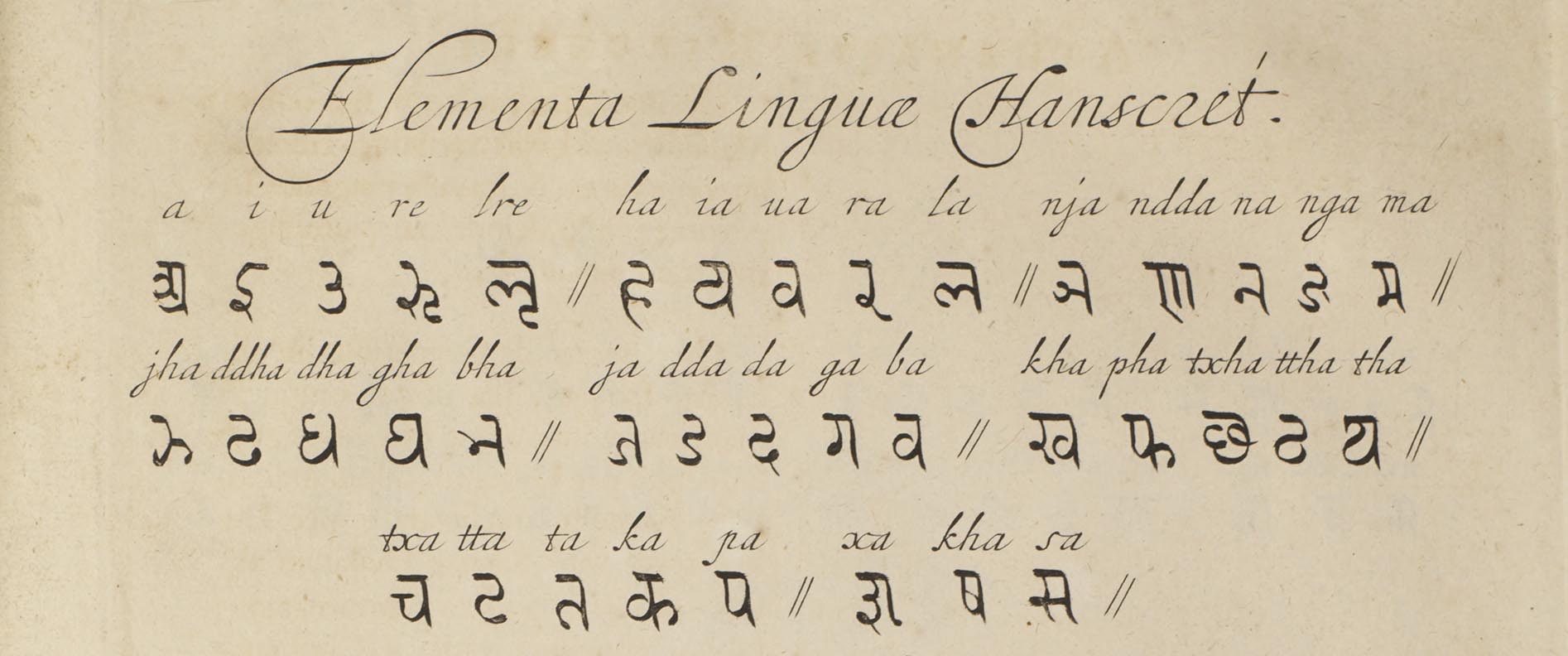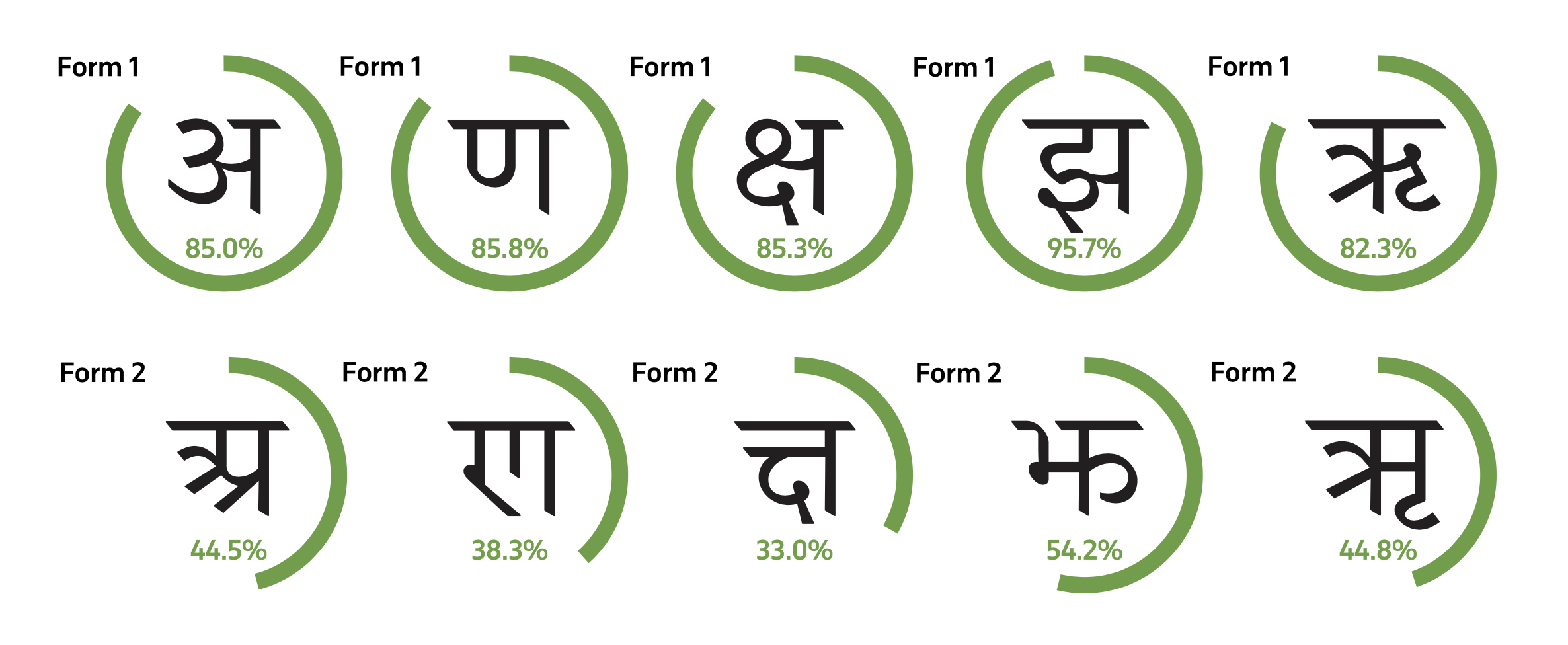The history of the Devanagari script and survey of its current use

Historically, the Devanagari script was used to write dozens of vernacular languages across much of northern, northwestern and western India. Today, the script is used to write three major languages: Hindi (over 520 million speakers), Marathi (over 83 million speakers) and Nepali (over 14 million speakers). These languages share the same set of letters; however, there are some regional letter-form variants that are preferred by each language group. We decided to research the history of Devanagari to understand the development of the languages and their writing scripts, working with Karthik Malli, a writer and researcher of Indian languages. We are now pleased to be able to publish an extended essay entitled ‘Devanagari – The Makings of a National Character’. In the essay, Malli traces the historical and political development of the script.

Devanagari samples from China Illustrata, Athanasius Kircher, 1677
Understanding the history is crucial to developing well-informed fonts that accurately render the languages, but we also wanted to gain an insight into current demographic and regional preferences of various forms of Devanagari. In 2021, we created a Devanagari survey, to evaluate different graphic variants of 14 Devanagari characters. We collected 396 responses that present readers’ preferences today, which in turn have allowed us to design fonts better suited to readers of Hindi, Marathi and Nepali. Héctor Mangas, a master’s student at Utrecht University, Faculty of Social and Behavioural Sciences, worked with us to analyse the survey results, whereby we aimed to ascertain which forms of Devanagari are used today, and which ones are no longer relevant. Read the Devanagari Survey Results online.

In the third step of the process, we have updated Lava, our popular Devanagari font for the long-form reading, November and October to take advantage of the results of this new research, and offer three stylistic pre-sets for Hindi, Marathi and Nepali, making this one of the first research-driven typefaces that conforms to the readers’ expectations in India and Nepal.

Parimal Parmar also designed new weights of Lava Devanagari – the Thin, ExtraLight and Light styles – making Lava even more useful for both small text and large-size use.
